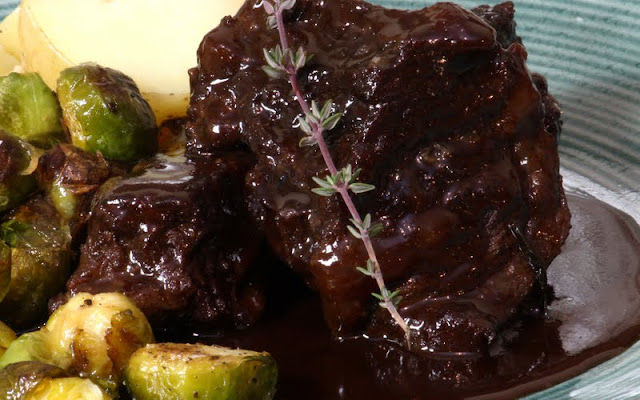First published Canberra Times 31 August 2011.
Parisians don’t compromise on food and the mind-boggling choices
available in its famous street markets are a powerful expression of this. The
abundant selection of mouth-watering, ready-made foods means you may never need
to lift a saucepan again. Locals are spoilt for choice with anything from rare,
cave-ripened cheeses to freshly slaughtered game meats, creating a feast for
the eyes and stomach.
A special discovery of mine made on a recent trip to Paris,
is Le Marché
des Infants Rouge, off the Rue de Bretagne in the Marais. This is reputed
to be the oldest food market in Paris, built in 1615 under the rule of King
Louis XIII. The name translates as “The Market
of the Red Children”, and is believed to come from its proximity to a nearby
17th century orphanage where the children wore red uniforms.
This little gem is hidden down a laneway among a labyrinth
of fixed stalls which sell gourmet foods of all descriptions. Here, the
merchants noisily call out to each other, joking and singing and chatting with
their regular customers. I find it hard to resist the plump perfumed
strawberries or a choice of cheeses, the like of which I’ve never seen. The
fresh North Sea fish sitting on ice beckons, but the charcuterie with its
awesome array of delicious terrines is the drawcard for me.
The friendly woman who greets me at the counter cooks these
terrines herself and is very willing to provide tasty morsels and to decipher
the ingredients of some of the more unusual combinations. After a funny and
good natured discussion in pidgin Frenglish, I am persuaded to choose the
eschalot and Parisian honey terrine which looks light and delicious nestled in
among the heavier meats.
She explains that this is one of her most popular terrines
and describes to me the love affair Parisians have with honey. I learn that
many Parisians keep bees right in the heart of Paris where there are fewer
pesticides than in the French countryside where honey is traditionally produced.
The flowers and plants are continually changed and revitalised, creating fresh
pollen for the bees. It’s difficult to imagine that there are beehives atop the
Galleries Lafayette, the Paris Opera and in many of the central parks including
the Tuilieries, but they are there.
The eschalots used in this terrine are usually sold in
Australia as “French eschalots”, and resemble small brown onions. To add some
confusion, they are sometimes labelled as “shallots”. Be careful not to buy the
long green shallots that are often used in Asian cooking. You need about 800g of eschalots for this
recipe - I paid around $8.00 for this quantity.
This terrine is light, delicately sweet and is perfect for a
lunch with some leafy greens, dressed with a white wine vinaigrette. It’s best
eaten warm or at room temperature and served with the reduced honey sauce and a
dollop of crème fraiche. The flavours in this terrine are great for a spring
lunch matched with a light and subtle fruity white, like Viognier Nouveau 2010
from Clonakilla.
800g eschalots
2 tbsp olive oil
250ml of white wine
3 tbsp honey, light flowery honey is best
1 large sprig rosemary
1 tbsp cornflour
1 cup crème fraiche
6 eggs, beaten
Pinch of salt and pepper
Pinch of ground nutmeg
1 tbsp balsamic vinegar
Extra crème fraiche to serve
Preheat the oven to 180C.
Peel the eschalots, cut them lengthways into thin slices and
sauté in the olive oil in a large frying pan. Add the wine, honey and rosemary,
mixing to combine. Simmer, covered for 20 minutes on a low heat.
While the eschalots are cooking, mix the cornflour and crème
fraiche together in a large bowl. Add the beaten eggs, the salt and pepper and
nutmeg and mix well.
When the eschalots are cooked, strain the honey juice,
pressing down on the eschalots to extract all remaining juice. Mix the
eschalots into the crème fraiche mixture.
Butter a terrine or loaf pan well, 25cm x 10cm x 7cm high.
Pour the mixture into the terrine. Place the terrine in a pan half filled with
boiling water and bake in the oven for 40 minutes.
Just before serving add the balsamic vinegar to the reserved
juice and boil down for 3 minutes. While the terrine is still warm unmould and
slice with a sharp knife. If you have an electric knife, use it to slice. Add a
few rosemary leaves to the honey sauce and serve separately at the table. Photos by Steve Shanahan










